Use our Payback Period Calculator to estimate how long it takes to recover an investment. Plan projects and make smarter financial decisions efficiently.
Making smart investment decisions requires understanding how quickly you’ll recover your initial costs. Our payback period calculator helps you determine exactly when your investment will break even, allowing you to compare opportunities and allocate resources wisely. Whether you’re considering new equipment for your business, evaluating a property investment, or weighing educational costs against future earnings, this essential financial tool provides clarity for your decision-making process.
Payback Period Calculator
Enter your initial investment amount and expected annual cash flows to calculate how long it will take to recover your investment.
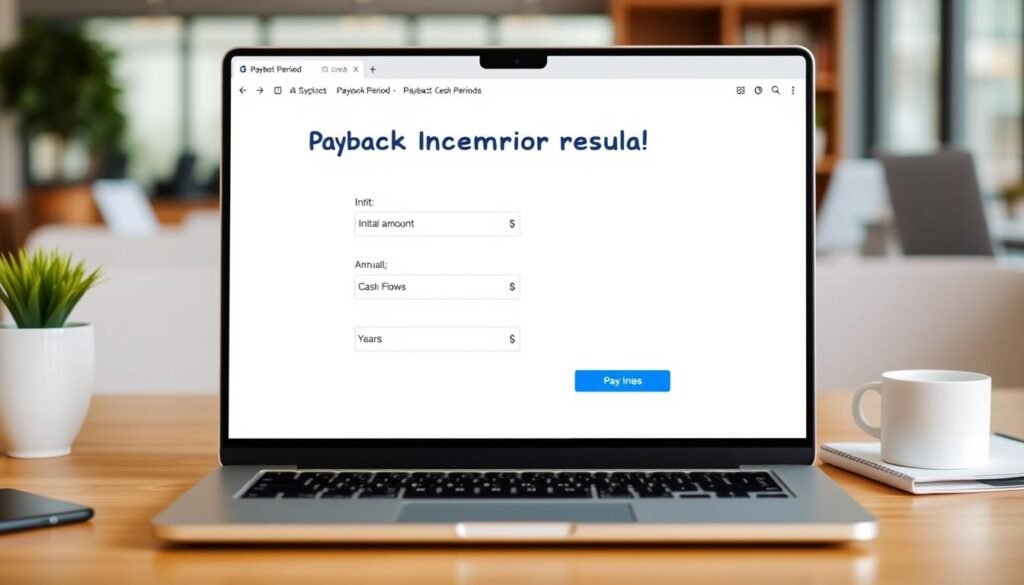
Our user-friendly payback period calculator helps you make informed investment decisions
What is the Payback Period?
The payback period is a financial metric that measures the time required for an investment to recover its initial cost through the cash flows it generates. In simpler terms, it answers the question: “How long will it take to get my money back?”
This straightforward calculation helps investors and business managers evaluate and compare different investment opportunities based on their recovery timeframe. While other metrics like Net Present Value (NPV) and Internal Rate of Return (IRR) provide more comprehensive analysis, the payback period offers a quick assessment of an investment’s liquidity and risk.
Key Point: A shorter payback period generally indicates a less risky investment, as you’ll recover your initial capital more quickly. However, this metric doesn’t account for cash flows beyond the payback point or the time value of money.
Payback Period Formula
The payback period formula varies depending on whether the project generates consistent or irregular cash flows. Here are the two main approaches:
1. For Consistent Annual Cash Flows
When an investment produces the same cash flow each year, the payback period formula is straightforward:
Payback Period = Initial Investment ÷ Annual Cash Flow
2. For Irregular Cash Flows
When cash flows vary year to year, you’ll need to track the cumulative cash flow until it equals or exceeds the initial investment:
| Year | Cash Flow | Cumulative Cash Flow | Remaining Investment |
| 0 | -$10,000 | -$10,000 | $10,000 |
| 1 | $3,000 | -$7,000 | $7,000 |
| 2 | $4,000 | -$3,000 | $3,000 |
| 3 | $5,000 | $2,000 | $0 |
For partial years, use this formula:
Payback Period = A + (B ÷ C)
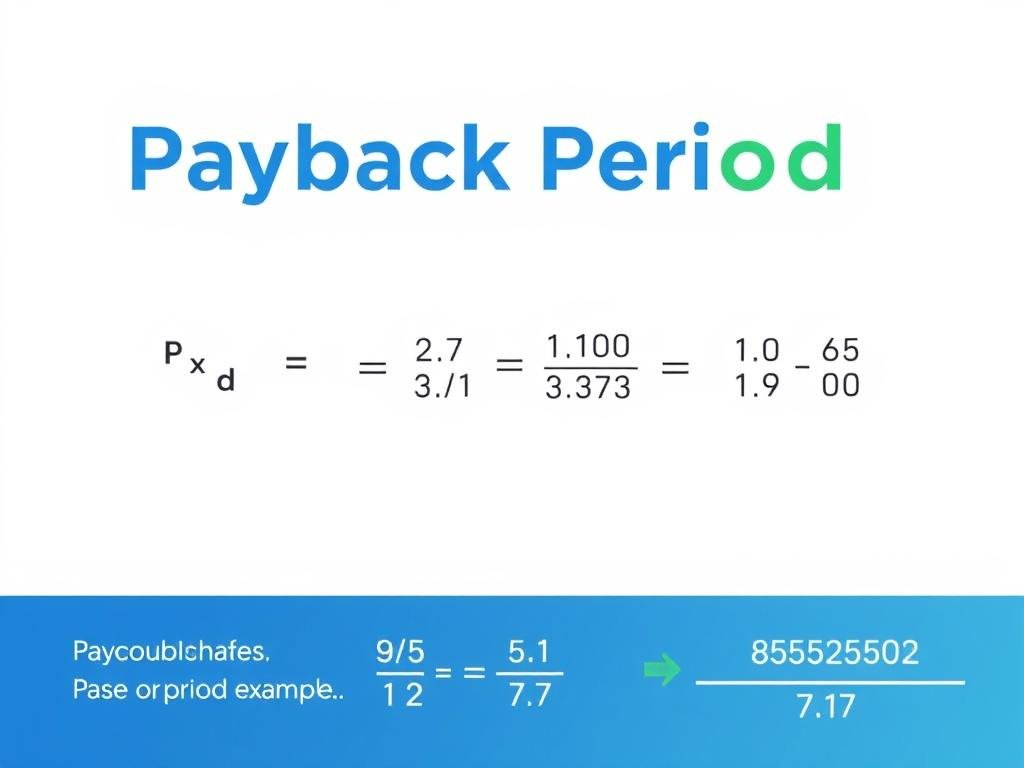
Discounted Payback Period
While the standard payback period is useful, it doesn’t account for the time value of money—the concept that a dollar today is worth more than a dollar in the future due to inflation and opportunity costs.
The discounted payback period addresses this limitation by applying a discount rate to future cash flows before calculating the payback period. This provides a more realistic assessment of how long it will take to recover your investment in today’s dollars.
Discounted Payback Period Formula
To calculate the discounted payback period:
- Determine an appropriate discount rate (often the company’s cost of capital)
- Calculate the present value of each future cash flow
- Track the cumulative discounted cash flows until they equal the initial investment
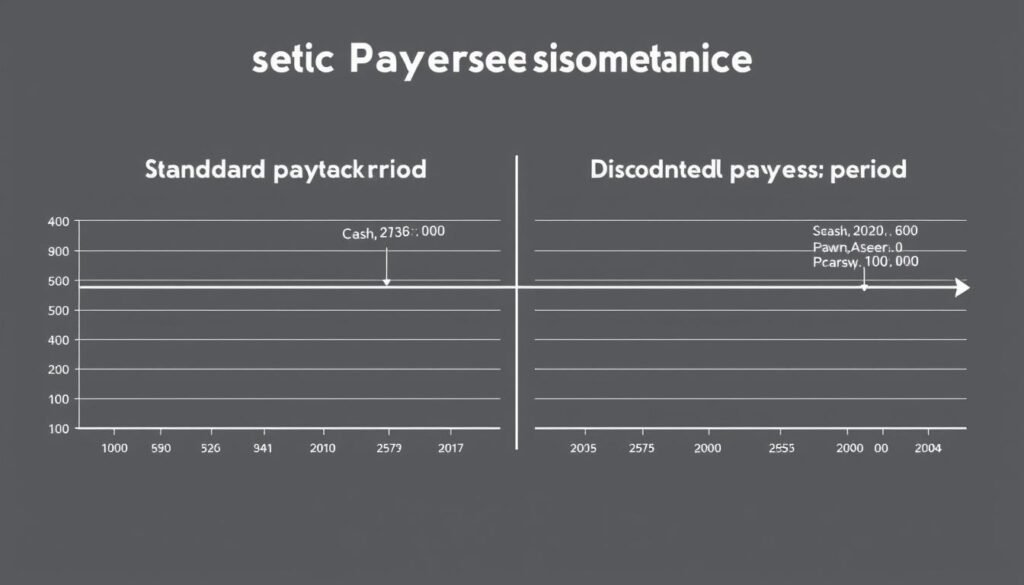
Important: The discounted payback period will always be longer than the standard payback period because future cash flows are worth less when discounted to present value.
Step-by-Step Payback Period Calculation Example
Let’s walk through a practical example to illustrate how to calculate the payback period for both consistent and irregular cash flows.
Example 1: Consistent Cash Flows
Imagine you’re considering purchasing a new energy-efficient HVAC system for your business that costs $24,000. The system is expected to save $6,000 annually in energy costs.
Payback Period = $24,000 ÷ $6,000 = 4 years
In this scenario, it will take exactly 4 years to recover your initial investment.
Example 2: Irregular Cash Flows
Now, let’s consider a more complex scenario. You’re evaluating a marketing campaign that costs $50,000 with the following projected returns:
| Year | Cash Flow | Cumulative Cash Flow |
| 0 | -$50,000 | -$50,000 |
| 1 | $15,000 | -$35,000 |
| 2 | $20,000 | -$15,000 |
| 3 | $25,000 | $10,000 |
Looking at the table, we can see that the investment is fully recovered sometime during Year 3. To find the exact payback period:
Payback Period = 2 + ($15,000 ÷ $25,000) = 2 + 0.6 = 2.6 years
This means the investment will be recovered after 2 years and approximately 7 months (0.6 × 12 months = 7.2 months).

Use Our Payback Period Calculator
Calculate Your Investment’s Payback Period
Enter your investment details below to determine how long it will take to break even.
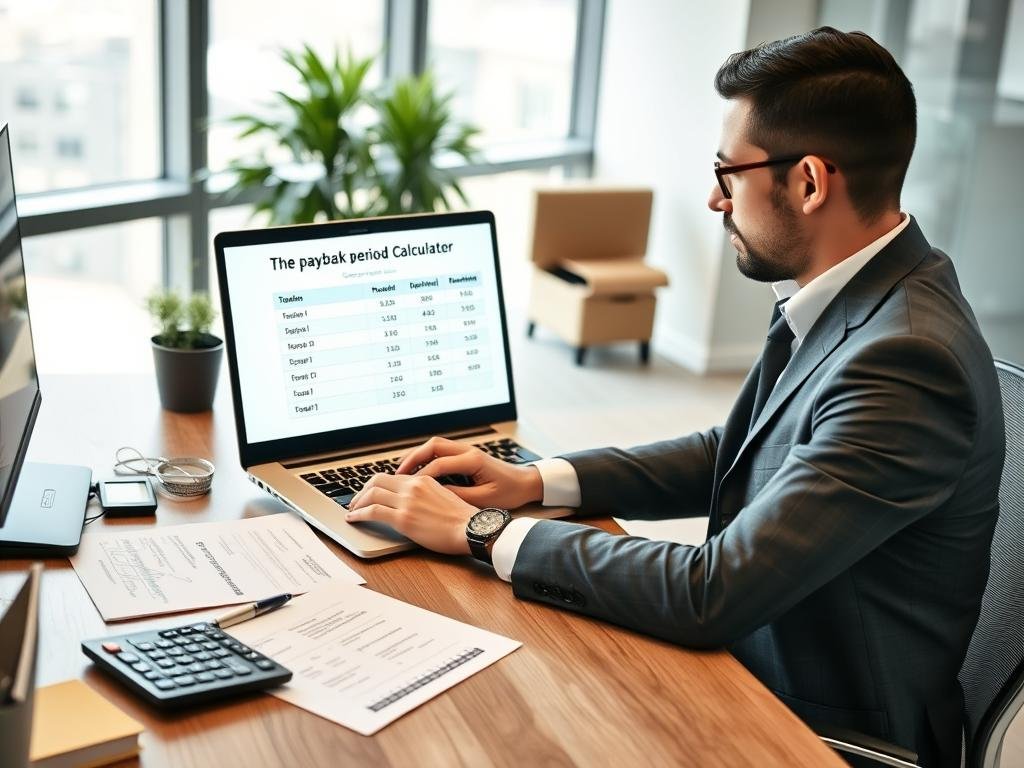
Advantages and Limitations of Payback Period
Advantages
- Simple to calculate and understand
- Provides a quick assessment of investment liquidity
- Helps evaluate risk (shorter payback = lower risk)
- Useful for comparing similar investment opportunities
- Particularly valuable for businesses with cash flow concerns
Limitations
- Ignores cash flows beyond the payback period
- Standard version doesn’t account for the time value of money
- Doesn’t measure profitability or return on investment
- May lead to rejecting valuable long-term investments
- Doesn’t consider the investment’s useful life
Important Consideration: While the payback period is a useful screening tool, it should not be the only metric used to evaluate investments. Combine it with other financial metrics like NPV, IRR, and ROI for a more comprehensive analysis.
Comparing Payback Period with Other Investment Metrics
To make informed investment decisions, it’s important to understand how the payback period compares to other common financial metrics:
| Metric | What It Measures | Advantages | Limitations |
| Payback Period | Time to recover initial investment | Simple, focuses on liquidity and risk | Ignores time value of money and cash flows after payback |
| Net Present Value (NPV) | Present value of all cash flows | Considers time value of money and entire project life | More complex, requires discount rate assumption |
| Internal Rate of Return (IRR) | Return percentage that makes NPV zero | Shows percentage return, comparable across investments | Complex calculation, can have multiple solutions |
| Return on Investment (ROI) | Percentage gain relative to cost | Simple percentage comparison | Doesn’t consider timing of returns or project duration |

For the most comprehensive investment analysis, consider using multiple metrics together. For example:
- Use the payback period to assess liquidity and risk
- Use NPV to determine overall value creation
- Use IRR to compare percentage returns across different opportunities
- Use ROI for a simple profitability assessment
Real-World Applications of the Payback Period Calculator
The payback period calculator is a versatile tool used across various industries and scenarios. Here are some common applications:
Business Equipment
Evaluate machinery purchases by comparing upfront costs against projected efficiency gains and cost savings.
- Manufacturing equipment
- Office technology upgrades
- Energy-efficient systems
Real Estate Investments
Assess property investments by calculating how quickly rental income will recover the purchase and renovation costs.
- Rental properties
- Commercial real estate
- Property improvements
Education & Training
Determine how long it will take for increased earnings to offset the costs of degrees, certifications, or professional development.
- College degrees
- Professional certifications
- Specialized training
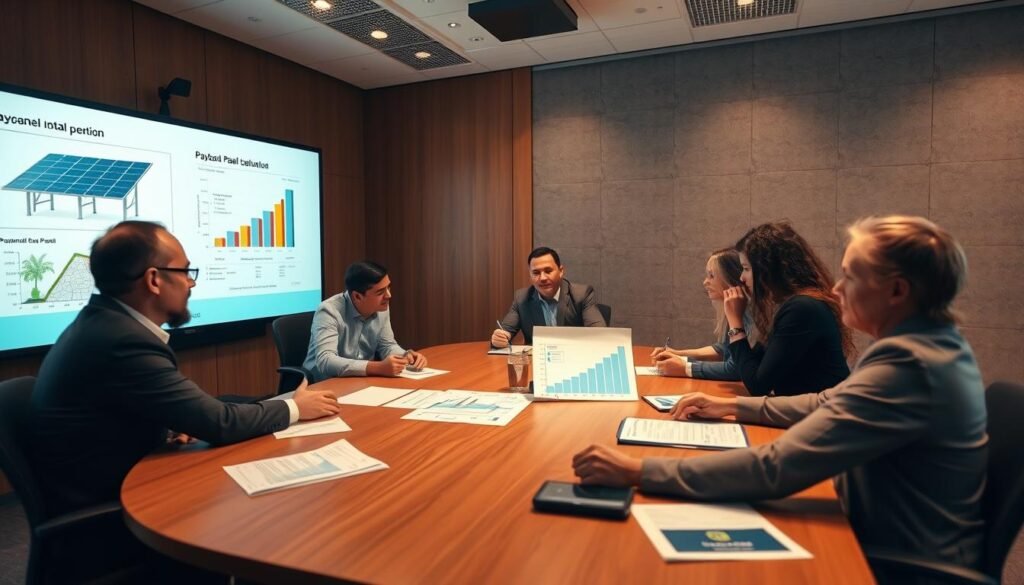
“The payback period calculation was instrumental in our decision to upgrade our manufacturing equipment. It clearly showed we’d recover our investment in just 2.3 years, making the decision much easier to justify to stakeholders.”
Frequently Asked Questions About Payback Period
What is considered a good payback period?
What constitutes a “good” payback period varies by industry and investment type. Generally:
- Less than 1 year: Excellent
- 1-3 years: Very good
- 3-5 years: Good
- 5+ years: May require additional scrutiny
Industries with longer-lived assets (real estate, infrastructure) typically accept longer payback periods than fast-changing sectors like technology.
How is the payback period different from ROI?
The payback period measures the time required to recover an investment, while Return on Investment (ROI) measures the percentage gain relative to the investment cost. ROI tells you how profitable an investment is, while payback period tells you how quickly you’ll get your money back. They provide different but complementary insights.
Should I use standard or discounted payback period?
If your investment horizon is short (1-2 years), the standard payback period may be sufficient. For longer-term investments, the discounted payback period provides a more accurate assessment by accounting for the time value of money. For the most thorough analysis, calculate both and consider them alongside other metrics like NPV and IRR.
What are the limitations of using payback period for decision-making?
The main limitations include:
- Ignores cash flows after the payback period
- Standard version doesn’t account for the time value of money
- Doesn’t measure overall profitability
- May bias decisions toward short-term investments
To overcome these limitations, use payback period as one of several metrics in your investment analysis.
Make Smarter Investment Decisions with Our Payback Period Calculator
Understanding how quickly an investment will pay for itself is crucial for making informed financial decisions. Our payback period calculator simplifies this process, allowing you to quickly assess and compare different investment opportunities based on their recovery timeframe.
While the payback period is just one metric in a comprehensive investment analysis, it provides valuable insights into an investment’s liquidity and risk profile. For the most thorough evaluation, we recommend using it alongside other financial metrics like NPV, IRR, and ROI.
Ready to Evaluate Your Investment?
Use our free payback period calculator to determine how long it will take to recover your investment and make more confident financial decisions.
